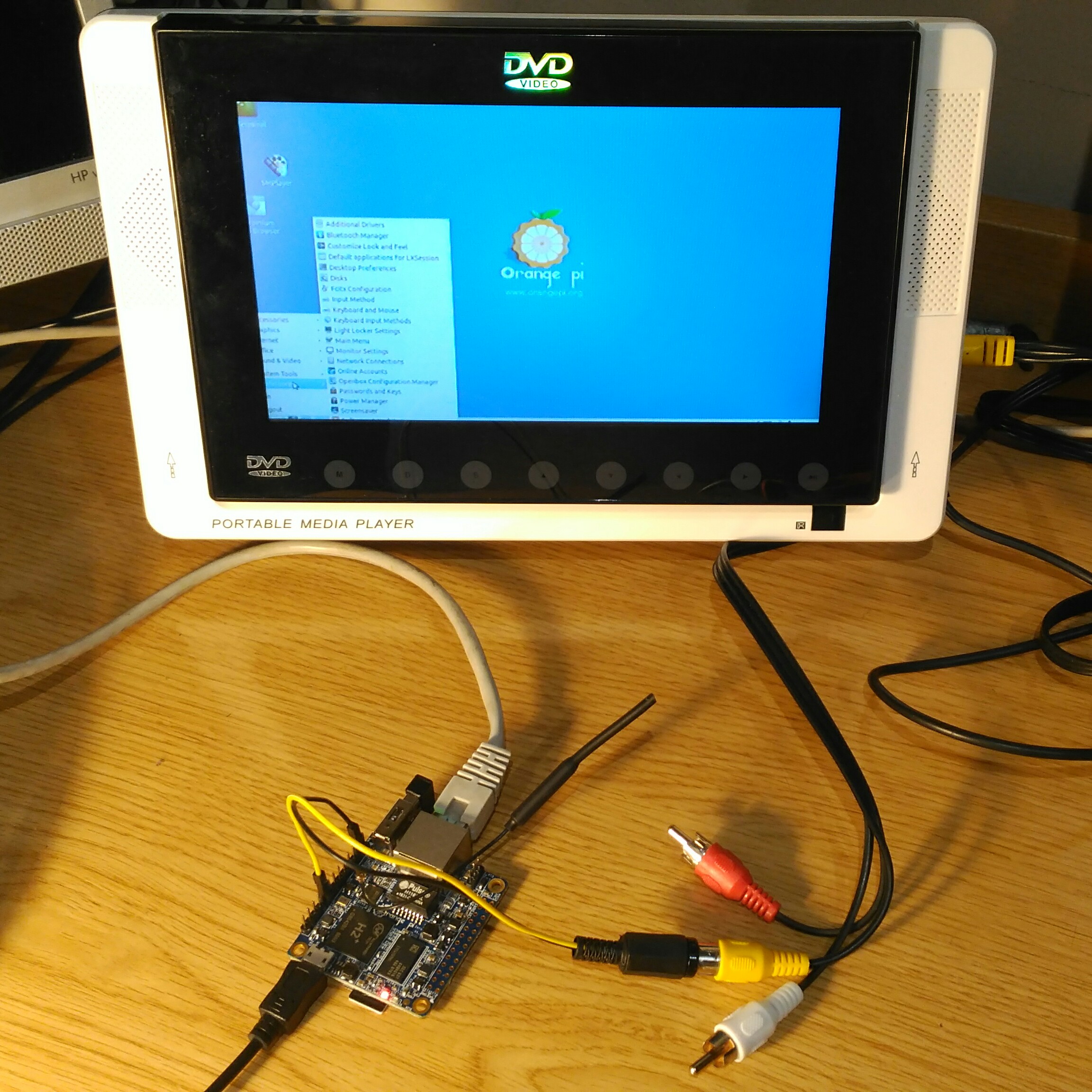@buddingglasshead That's what I've been pushing for all along. We'll make it happen.
I've already taken an image of my card, and am now removing all my info from the fs. Once done I'm packing as an image with a partition table (full disk image) and as just the plain partition, and will be testing out flashing the cleaned image to another sd card to test in the unit. If it goes well, we'll at least have a clean recovery image. I'll post it here once it's all tested but that might not be until tomorrow; it's almost bed time for me.
To anyone else who wants to tinker, I strongly advise taking a full image of your sd card and working on the file system from a DIFFERENT media container. Do not risk the functionality of your unit by working on the unit's card, and you need to make sure you are copying the full disk, including the empty space between the OS partition and the end of the disk if you want to be able to cleanly restore it as an image. I'll make a tutorial for Linux (which will likely work for Macs) and then a Windows one once I've tested.
When I do upload the image(s), I'll need someone else to test to see if it's viable on another device. The sd card has the full OS on a single partition, and there are no customizations to the board itself from what I can tell; all the magic is in the OS. That being said, I can't guarantee it won't fry your board or a component if you have different components in your device; I did not design this and do not have a proper understanding (yet). Anyone who's interested, please don't try to be a hero if you do not know what you are doing. Everyone appreciates the effort, but nobody wants to see another user with a paper weight.
Edit: Also, if anyone notices any differences between their unit and the internals of mine, please let me know what component.
Assuming the girls didn't reprogram anything, and everything is really in the OS, it appears to be extremely simple to add visual output:

I definitely see a screen and bluetooth via USB in the future.
I've already taken an image of my card, and am now removing all my info from the fs. Once done I'm packing as an image with a partition table (full disk image) and as just the plain partition, and will be testing out flashing the cleaned image to another sd card to test in the unit. If it goes well, we'll at least have a clean recovery image. I'll post it here once it's all tested but that might not be until tomorrow; it's almost bed time for me.
To anyone else who wants to tinker, I strongly advise taking a full image of your sd card and working on the file system from a DIFFERENT media container. Do not risk the functionality of your unit by working on the unit's card, and you need to make sure you are copying the full disk, including the empty space between the OS partition and the end of the disk if you want to be able to cleanly restore it as an image. I'll make a tutorial for Linux (which will likely work for Macs) and then a Windows one once I've tested.
When I do upload the image(s), I'll need someone else to test to see if it's viable on another device. The sd card has the full OS on a single partition, and there are no customizations to the board itself from what I can tell; all the magic is in the OS. That being said, I can't guarantee it won't fry your board or a component if you have different components in your device; I did not design this and do not have a proper understanding (yet). Anyone who's interested, please don't try to be a hero if you do not know what you are doing. Everyone appreciates the effort, but nobody wants to see another user with a paper weight.
Edit: Also, if anyone notices any differences between their unit and the internals of mine, please let me know what component.
Assuming the girls didn't reprogram anything, and everything is really in the OS, it appears to be extremely simple to add visual output:

I definitely see a screen and bluetooth via USB in the future.
Last edited:

